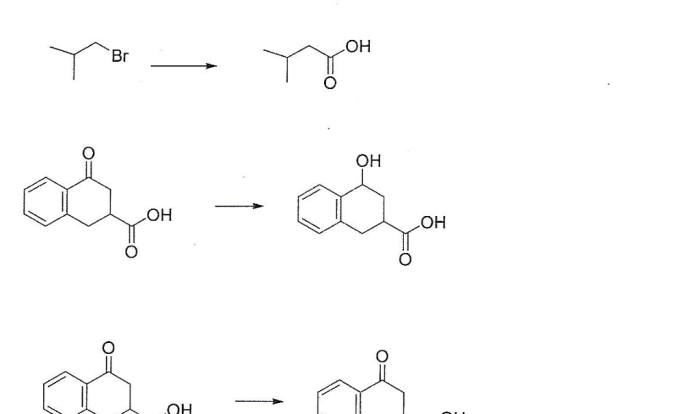The ionic and covalent naming worksheet delves into the fascinating world of chemical nomenclature, providing a structured approach to understanding the naming conventions for ionic and covalent compounds. This guide will equip learners with the knowledge and skills to confidently navigate the intricacies of chemical naming, empowering them to decipher the language of chemistry.
Through interactive activities, practice problems, and clear explanations, this worksheet fosters a deep comprehension of the fundamental principles governing ionic and covalent compound naming. By engaging with this resource, students will gain a solid foundation in chemical nomenclature, setting them on a path towards success in their chemistry endeavors.
Ionic Compounds
Ionic compounds are formed when a metal loses one or more electrons to a nonmetal. The metal becomes a positively charged ion, called a cation, and the nonmetal becomes a negatively charged ion, called an anion. The oppositely charged ions are attracted to each other by electrostatic forces, forming an ionic bond.
Examples of ionic compounds include sodium chloride (NaCl), potassium iodide (KI), and calcium oxide (CaO).
| Ionic Compound | Chemical Formula | Cation | Anion |
|---|---|---|---|
| Sodium chloride | NaCl | Na+ | Cl– |
| Potassium iodide | KI | K+ | I– |
| Calcium oxide | CaO | Ca2+ | O2- |
Covalent Compounds
Covalent compounds are formed when two or more nonmetals share one or more pairs of electrons. The shared electrons form a covalent bond.
Examples of covalent compounds include water (H 2O), methane (CH 4), and carbon dioxide (CO 2).
| Covalent Compound | Chemical Formula | Component Atoms |
|---|---|---|
| Water | H2O | Hydrogen, oxygen |
| Methane | CH4 | Carbon, hydrogen |
| Carbon dioxide | CO2 | Carbon, oxygen |
Naming Ionic Compounds
To name an ionic compound, first name the cation, then the anion. The cation is named using the element’s name, and the anion is named using the root of the element’s name followed by the suffix “-ide”.
- For example, NaCl is named sodium chloride. The cation is Na +, which is named sodium, and the anion is Cl –, which is named chloride.
- Another example is CaO, which is named calcium oxide. The cation is Ca 2+, which is named calcium, and the anion is O 2-, which is named oxide.
Naming Covalent Compounds: Ionic And Covalent Naming Worksheet
To name a covalent compound, first identify the prefix for each element based on the number of atoms of that element in the molecule. Then, write the prefixes followed by the root of the element’s name, and finally add the suffix “-ane”.
- For example, CH 4is named methane. The prefix for carbon is “meth-” (for one carbon atom), and the prefix for hydrogen is “an-” (for one hydrogen atom). The root of the element’s name is “-an” (for carbon), and the suffix is “-ane”.
- Another example is CO 2, which is named carbon dioxide. The prefix for carbon is “carbon-” (for one carbon atom), and the prefix for oxygen is “di-” (for two oxygen atoms). The root of the element’s name is “-on” (for oxygen), and the suffix is “-ide”.
Worksheet Activities
Interactive worksheet activities can reinforce the concepts of ionic and covalent compounds. Here are some ideas:
| Activity | Objective | Skills Developed |
|---|---|---|
| Matching game | To match ionic compounds with their chemical formulas | Matching, identification |
| Crossword puzzle | To fill in the blanks with the names of ionic and covalent compounds | Recall, spelling, problem-solving |
| Naming practice problems | To practice naming ionic and covalent compounds | Application, analysis, critical thinking |
| Writing formulas from names | To practice writing the chemical formulas of ionic and covalent compounds | Understanding, application, problem-solving |
Quick FAQs
What is the difference between ionic and covalent compounds?
Ionic compounds are formed by the transfer of electrons between atoms, resulting in the formation of positively charged ions (cations) and negatively charged ions (anions). Covalent compounds, on the other hand, are formed by the sharing of electrons between atoms.
How do I name ionic compounds?
To name ionic compounds, the name of the cation is followed by the name of the anion. For example, sodium chloride (NaCl) is composed of sodium cations (Na+) and chloride anions (Cl-).
How do I name covalent compounds?
To name covalent compounds, the prefixes mono-, di-, tri-, tetra-, etc. are used to indicate the number of atoms of each element present in the molecule. The suffix -ide is added to the root of the name of the second element.
For example, carbon dioxide (CO2) is composed of one carbon atom and two oxygen atoms.


